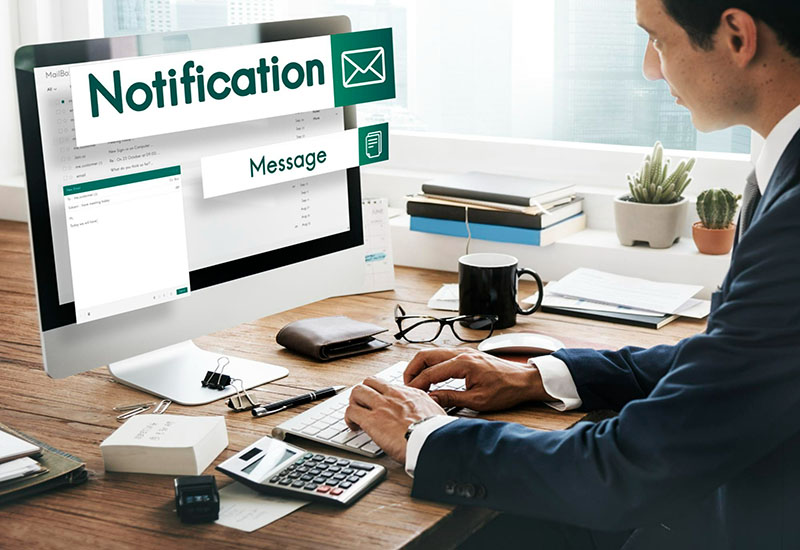Email shipping is a crucial aspect of employer verbal exchange, and groups need to understand the technicalities behind it to make specific fulfilment shipping. One of the vital factors in email transport is the port range utilized by the Simple Mail Transfer Protocol (SMTP) server. While SMTP servers typically use port 25 for sending emails, there has been a shift in the direction of the usage of port 587 in modern-day years. This has brought on confusion and debates about the differences among those ports and which is higher for email delivery. In this newsletter, we can delve into the critical variations among ports 587 and 25 and how they could affect electronic mail transport. We will discover every port’s technical elements, discuss the benefits and downsides, and provide suggestions for corporations to pick the most suitable port for their email delivery wishes. With a professional tone, we aim to provide a comprehensive understanding of the subject and equip readers with the know-how to make knowledgeable alternatives concerning their email transport.
SMTP vs. Submission for Email Delivery
Information on the differences between port 587 and port 25 regarding email shipping is crucial. While both ports are the reason for sending emails, they have lovely functionalities. Port 587, called the Submission port, is specifically for electronic mail consumer submission. It requires authentication and encryption, making it a fantastic, steady choice for transmitting emails. On the other hand, port 25, the SMTP port, is historically used for server-to-server verbal exchange. However, many ISPs and email companies limit their utilization of email delivery because of their vulnerability to junk mail and abuse. By utilizing port 587, senders can ensure higher email deliverability and enhance the overall security of their communication channels.

TLS Encryption and Authentication Differences
TLS (Transport Layer Security) encryption and authentication are exceptionally secure in email verbal exchange over port 587 and port 25. TLS encryption guarantees that the information transmitted between the email purchaser and the server stays confidential and protected from unauthorized access. It establishes a secure connection by encrypting the email content material, stopping the capability of eavesdropping or interception. Additionally, TLS authentication verifies the identification, ensuring the email is sent from a reliable source. This authentication technique involves validating digital certificates supplied by the server, providing a layer of belief safety. By enforcing TLS encryption and authentication, businesses can shield their electronic mail conversation, defend sensitive records, and preserve the integrity of their email delivery system.
Understanding Firewalls and Blocked Ports
Firewalls are crucial in network protection as a barrier between trusted and untrusted networks. They adjust the waft of community traffic by inspecting packets and using predefined guidelines. One of the critical functions of firewalls is to dam unauthorized access to specific ports, including port 587 and port 25. These ports are generally used for email shipping, and understanding how firewalls cope with them is vital for maintaining an effective conversation. A firewall blocking a seaport prevents incoming or outgoing visitors from passing via that unique port. This may be performed based on diverse criteria, including IP addresses, protocols, or specific packages. By cautiously configuring firewalls and handling blocked ports, companies can beautify their network protection and defend towards potential threats, ensuring that the most effective, authorized and stable electronic mail visitors can skip through.
In conclusion, knowing the critical differences between Port 587 and Port 25 is vital for successful electronic mail transport. While Port 587 gives multiplied security features and is the encouraged choice for electronic mail shipping, Port 25 can still be a feasible option, depending on your organization’s needs. It is vital to consider your electronic mail transport wishes cautiously and seek advice from your IT crew to decide which high-quality port to use. By making a knowledgeable decision, you can ensure your emails are delivered effectively and securely.
